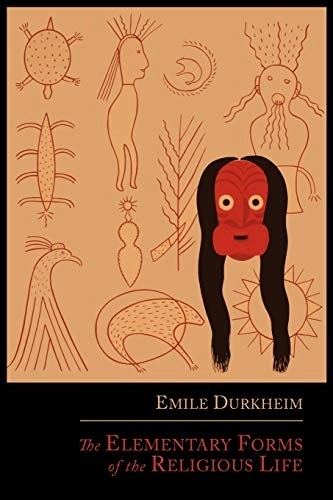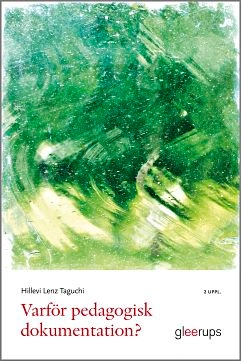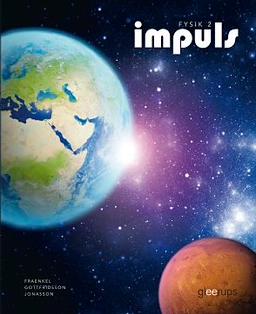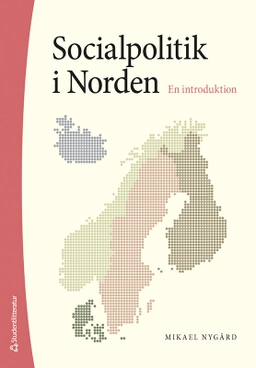

The Elementary Forms of the Religious LifeUpplaga 1
- Upplaga: 1a upplagan
- Utgiven: 2012
- ISBN: 9781614273011
- Sidor: 468 st
- Förlag: Martino Fine Books
- Format: Häftad
- Språk: Engelska
Om boken
Åtkomstkoder och digitalt tilläggsmaterial garanteras inte med begagnade böcker
Mer om The Elementary Forms of the Religious Life (2012)
I maj 2012 släpptes boken The Elementary Forms of the Religious Life skriven av Emile Durkheim, Joseph Ward Swain. Det är den 1a upplagan av kursboken. Den är skriven på engelska och består av 468 sidor. Förlaget bakom boken är Martino Fine Books.
Köp boken The Elementary Forms of the Religious Life på Studentapan och spara pengar.
Referera till The Elementary Forms of the Religious Life (Upplaga 1)
Harvard
Oxford
APA
Vancouver



















